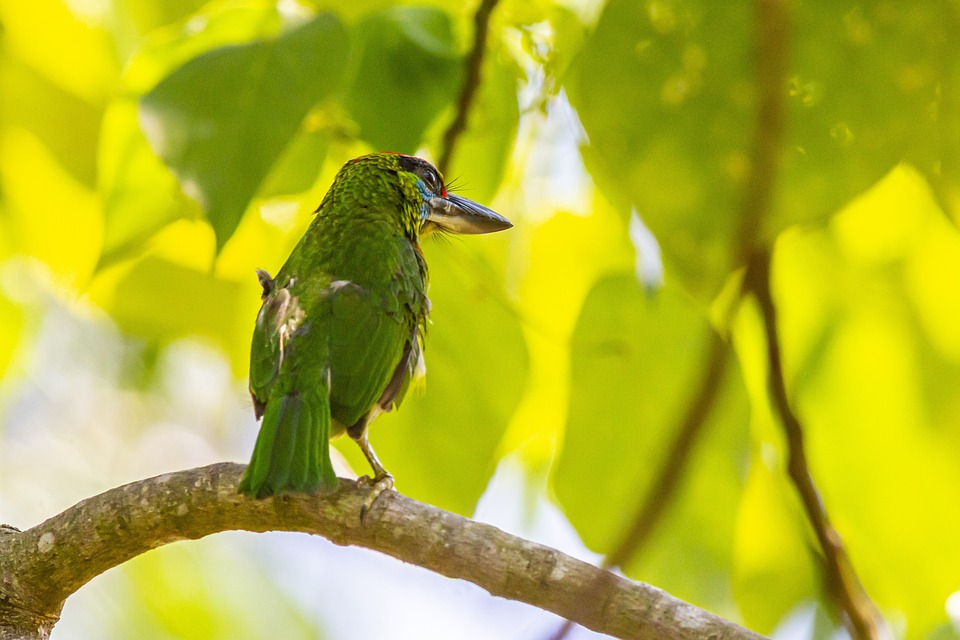Parrots are highly intelligent and social creatures that form strong bonds with their human companions. Understanding the signs of bonding and attachment can help parrot owners strengthen their relationship with their feathered friends. In this article, we will explore the various behaviors exhibited by parrots when they are bonded and attached to a specific person.
One of the most evident signs of bonding and attachment in parrots is vocalization. Parrots express their attachment through a variety of vocalizations. Pay attention to the specific sounds your parrot makes when you or a particular family member enters the room. These vocalizations can range from joyful squawks to excited chirping. Additionally, parrots may mimic your voice or specific phrases as a way to bond and express their attachment.
Observing a parrot’s body language can provide valuable insights into their level of bonding and attachment. Look for behaviors such as preening, regurgitation, and nuzzling and cuddling. Parrots often groom their feathers when they feel comfortable and bonded with someone. If your parrot starts preening itself while sitting on your shoulder or near you, it’s a positive sign of attachment. While it may seem strange to humans, parrots may regurgitate food as an expression of bonding and affection towards their chosen person. This behavior is typically directed at a specific individual and is a clear sign of attachment. Parrots that are strongly bonded with a person may show affection by nuzzling their head against their owner’s cheek or neck. They may also enjoy cuddling close to their chosen person, seeking physical contact as a way to strengthen their bond.
A parrot’s preference for a specific person is a significant indicator of bonding and attachment. If your parrot consistently seeks out one individual in the household, perching on their shoulder or following them around, it demonstrates a strong bond. Furthermore, parrots can exhibit jealousy towards other people or animals who try to get too close to their chosen person.
Parrots that are bonded with a specific person often display heightened levels of excitement and playfulness when that person is around. They may engage in interactive games, show increased energy, or even perform entertaining tricks as a way to seek attention and reinforce their attachment.
Bonded parrots can experience separation anxiety when they are separated from their chosen person. Signs of separation anxiety include excessive vocalizations, restlessness, or destructive behaviors such as feather plucking or chewing. It’s important to gradually acclimate your parrot to short periods of separation to help alleviate this anxiety.
In conclusion, recognizing signs of bonding and attachment in parrots is crucial for understanding their emotional needs and building a strong relationship. By paying attention to vocalizations, body language, preferences, and behaviors, parrot owners can deepen their bond with their feathered companions. Remember, establishing a strong bond takes time and effort, but the rewards of a loving and attached parrot are immeasurable.









